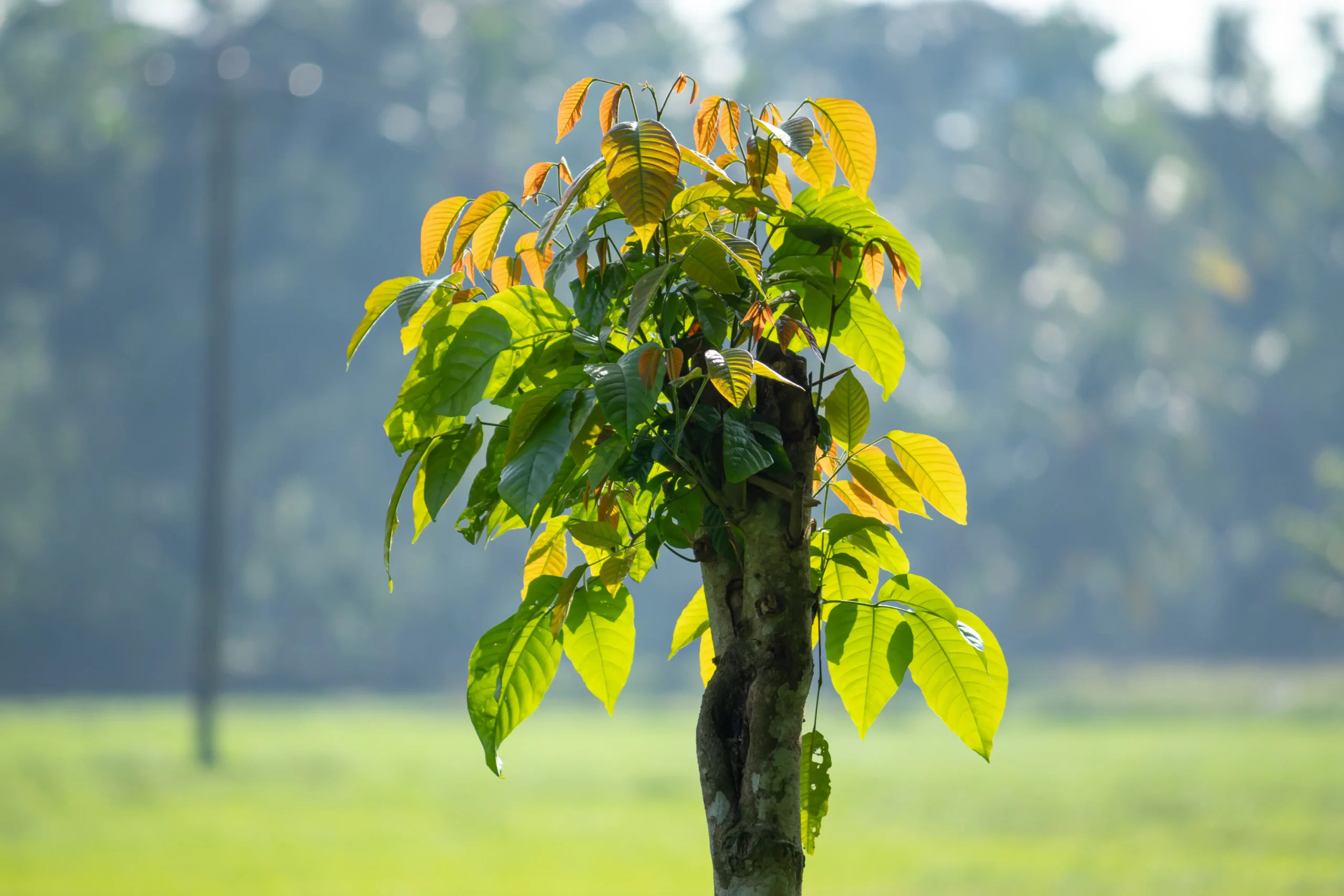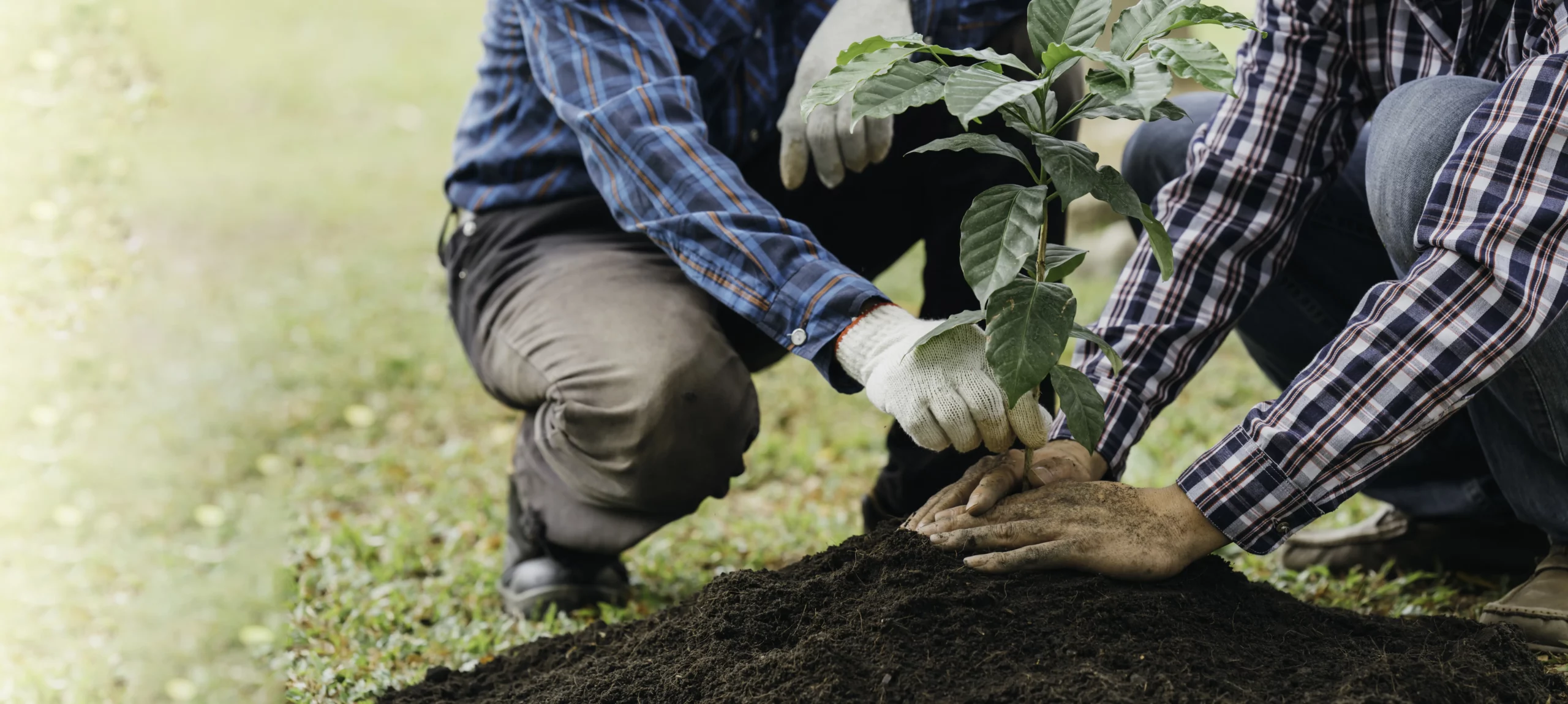Tree Transplanting
Tree Transplanting Transplanting


When Is The Best Time To Transplant Trees?
In our experience, the best time for tree transplantation in Atlanta is during the cooler months of late fall and early spring. This timing allows the trees to establish their root systems before the extreme temperatures of summer or winter set in. With our extensive knowledge of the local climate and soil conditions, we can ensure that your trees receive the proper care and attention they need during the transplanting process.
Our approach is holistic. We meticulously consider every aspect - from climate adaptability to the specific conditions of your environment, ensuring that your tree not only survives but thrives. But we don't stop there. Our aim is to enhance your property's curb appeal and elevate its value, creating a lasting impression.


Certified Arborists
Moving a tree is a process with a number of moving parts... and a living organism (the tree....). Caldwell Tree Care's Certified Arborists can help you decide if a plant or tree might survive a move and if so, when it would be best to do so. And when the time comes, our crews have the experience and skills to give the transplanted tree or plant the best chance at survival. Follow the move up with one of our Plant Health Care programs to give the newly placed plant what it needs to settle into its new home and thrive.
tree Transplanting
What's The Cost Of Transplanting A Tree?
Size of the Tree
The larger the tree, the more resources and care it requires during transplanting.
Time
The duration of the transplanting project plays a key role. More time-intensive projects will reflect differently in the cost.
Crew and Equipment
The complexity of the transplant dictates the number of crew members and the type of equipment needed, impacting the overall price.
Locations - Old and New
The accessibility of both the tree's current location and its new home significantly affects the process. Difficult-to-reach places may require special equipment or techniques.
